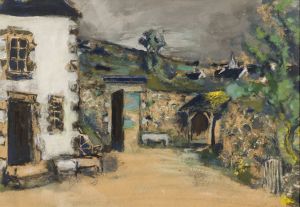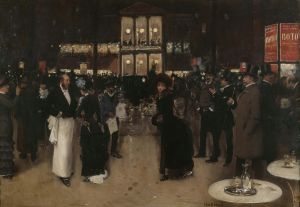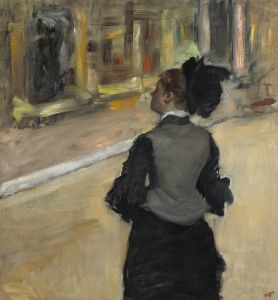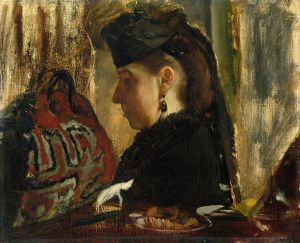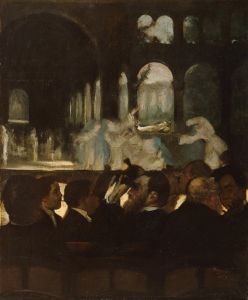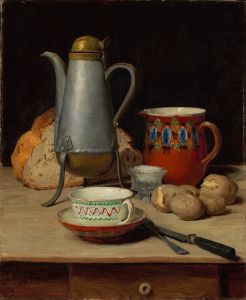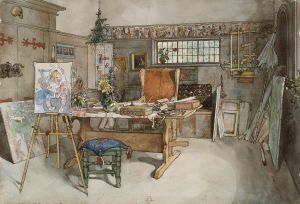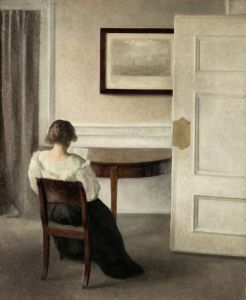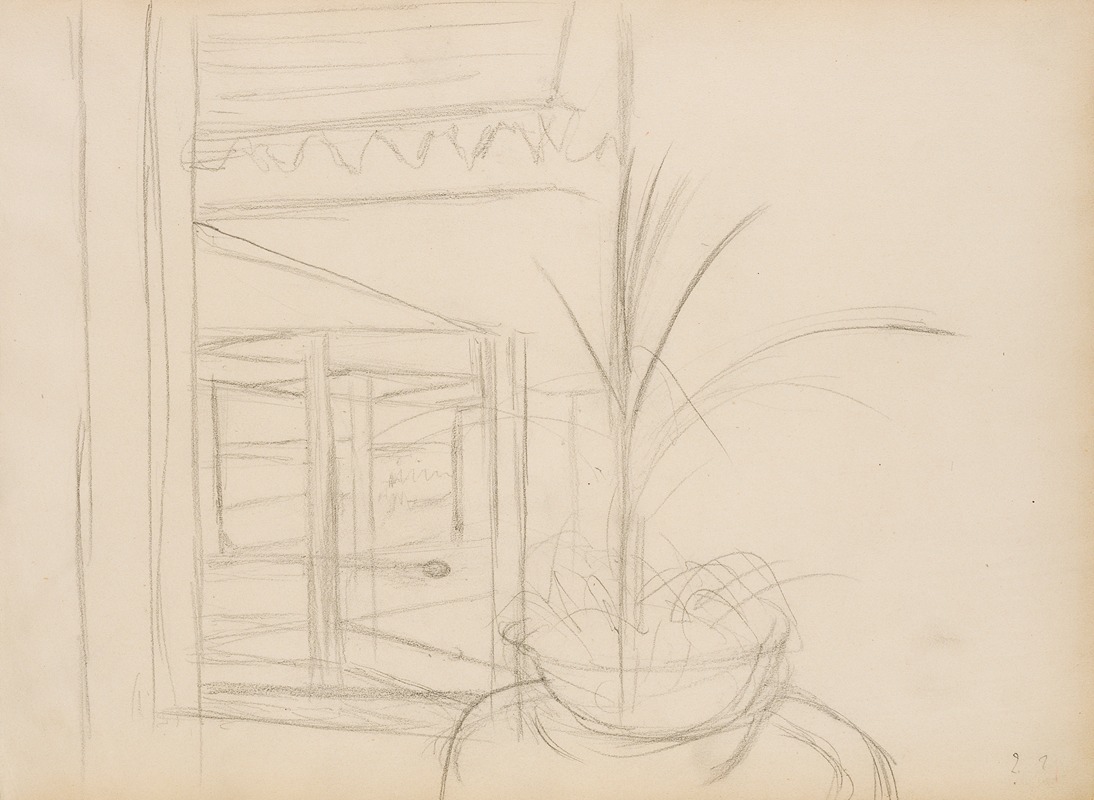
Interior Scene
A hand-painted replica of Edgar Degas’s masterpiece Interior Scene, meticulously crafted by professional artists to capture the true essence of the original. Each piece is created with museum-quality canvas and rare mineral pigments, carefully painted by experienced artists with delicate brushstrokes and rich, layered colors to perfectly recreate the texture of the original artwork. Unlike machine-printed reproductions, this hand-painted version brings the painting to life, infused with the artist’s emotions and skill in every stroke. Whether for personal collection or home decoration, it instantly elevates the artistic atmosphere of any space.
Edgar Degas's painting Interior Scene, also known as The Rape (Le Viol), is a work created in 1868–1869. This oil on canvas painting is notable for its ambiguous and unsettling atmosphere, which has sparked considerable discussion among art historians and critics. The painting is housed in the Philadelphia Museum of Art, where it remains a subject of intrigue and analysis.
The composition depicts a dimly lit interior with two figures: a man and a woman. The man stands near the door, his posture rigid and his expression difficult to discern due to the shadowy lighting. The woman is seated on the floor, turned slightly away from the viewer, with her head bowed and her body language suggesting distress or vulnerability. The sparse furnishings and subdued color palette contribute to the tense and enigmatic mood of the scene.
Degas did not provide a definitive explanation for the narrative or meaning of this painting, leaving its interpretation open to speculation. Some art historians have suggested that the work explores themes of power, gender dynamics, and psychological tension. The alternate title, The Rape, has further fueled interpretations of the scene as one of implied violence or coercion, though there is no direct evidence within the painting itself to confirm this reading. Degas's decision to leave the narrative ambiguous aligns with his broader interest in capturing fleeting moments and complex human emotions without overt storytelling.
Stylistically, Interior Scene reflects Degas's early experimentation with Realism and his interest in the works of contemporaries such as Gustave Courbet. The painting's dramatic use of light and shadow, as well as its focus on an intimate, emotionally charged moment, foreshadows Degas's later innovations in composition and subject matter. While Degas is best known for his depictions of ballet dancers and scenes of modern urban life, this painting demonstrates his ability to explore darker and more introspective themes.
Interior Scene remains a compelling example of Degas's skill as a painter and his interest in the complexities of human experience. Its unresolved narrative and evocative atmosphere continue to engage viewers and provoke discussion, ensuring its place as a significant work within Degas's oeuvre and 19th-century art more broadly.





